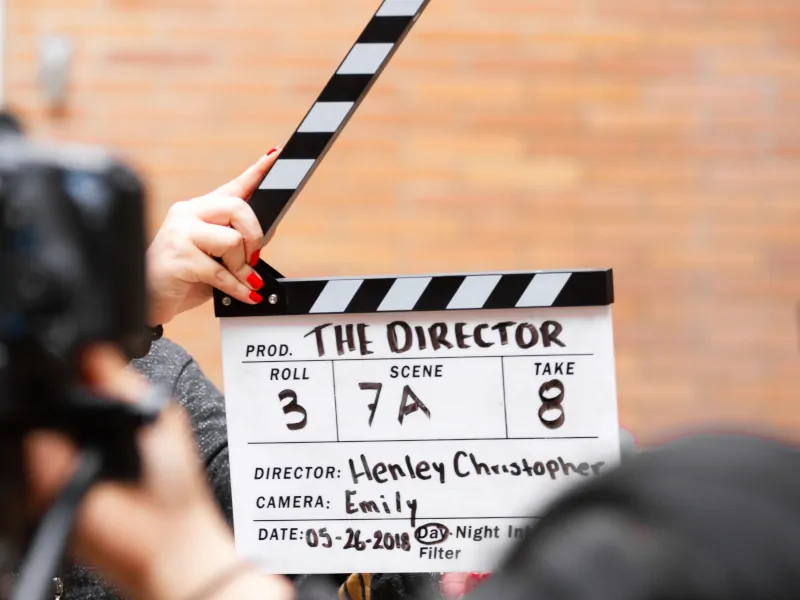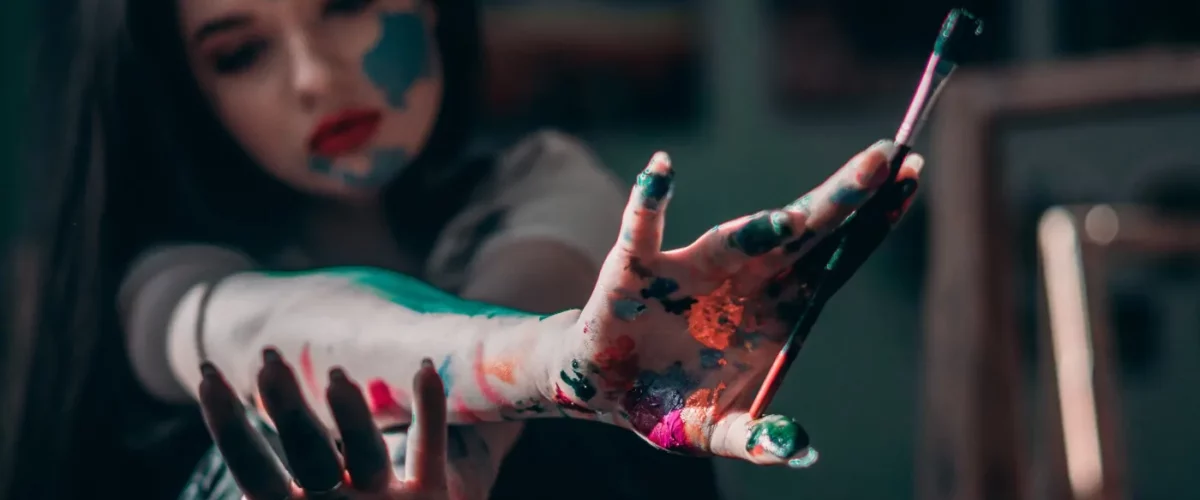The standard plan consists of desire, gaining context, and actions. The modern artist is a hybrid, equally combining the qualities of an anthropologist and a rock climber so that he has the appropriate training.
The conversation will have to start from the end to better indicate the distance. That is, with actions.
1. Actions

Contemporary art is a community and a set of actions: the creation of works, exhibitions, lectures, critical essays, theory, sales, grants, et cetera. It does not hang in a vacuum, like a Socratic ideal object, it happens at the moment when it is being dealt with. These classes are united by what happens in the context of, again, contemporary art – and if the basics of formal logic suggest a tautology here, then this is fair. Art is a self-defining concept.
In other words, you become a modern artist by performing actions in the context of contemporary art. That is why when Michael Heitzer builds reinforced concrete monuments in the middle of the Nevada desert, it has to do with contemporary art, even if no one sees it – and the sale of ceramic cups on Etsy still does not matter, even if they go well.
The gates of context are open to anyone who knocks – and the average viewer often perceives this as a resolution of permissiveness, coprophagia, and cannibalism. This is not quite true.
Contextuality
Wedding photographers and motel landscape artists often complain that their work is not bought by museums and art galleries are not interested. It would be easy to assume that large institutions are not interested in such things because all the places there have long been sold to cannibals and coprophages – but it is difficult to explain why small galleries are also not interested in them, whose curators clearly arrange exhibitions solely for love.
The reason is in context. Ignorance of discourse will always stick out of the artist and his work, and it is determined not by a set of knowledge, but by the wrong method of study. You can’t know everything, and no one demands it. But the method is something that you cannot make mistake with.
In other words, the problem of the motel landscape painter is not that he did not go to the last exhibition of Kiefer, and therefore he is a sucker and a plebeian. The problem is that his work demonstrates a systematic disregard for the cultural layers of entire epochs and continents. You see, the gallery curator wants to say to such a sub, the history of art does not give a shit whether you like or dislike the art of the twentieth century. Maybe I don’t like the eighteenth century either, with their cakes, colonial silver, and porcelain cupids. But I have to reckon with them, and you have to reckon with what happened in the twentieth century.
This is a test. Not in front of someone in charge of all art. In front of you. And yes, it opens a path for conjuncture, but this problem goes beyond our question.
2. Finding context

Now that we have identified the dependence of actions on the runout in the discourse, we can move on to the practical part, that is, where this runout comes from.
In principle, you can just say “graduate school” and go further.
You can’t overestimate the importance of postgraduate studies. A bachelor’s degree does not mean much, because a person’s intelligibility up to 25 years old is kept almost at zero, and only by the level of ambition in some cases it is possible to determine whether a person will continue to practice art after receiving a diploma. Most do not continue. Some of them go into commerce because their soul from the very beginning lay towards commerce. Some of it goes into commerce because they don’t have the guts.
Graduate Schools
That’s because graduate school, ideally, undertakes to correct all the bugs in a person at the level of the method. To put his rabid Eurocentrism and the dream of artistic Parisian life on his head, to give him back attempts to do under the 1860s, and under the 1890s, and under zombie formalism, and under conceptualists, and under ready-made, and about minorities, and about ecology, and about everything else. A good school last of all needs Sunday draftsmen, who in a couple of years will open a cafe and teach ethnic embroidery on YouTube.
Moreover, graduate school also demonstrates that sitting in the basement and draw will not work for you. Your involvement in the process consists of many factors, not the least of which is theoretical work: writing essays, criticism, and author’s statements. Art has always been a work not only with form, but also with meanings, and now it means working with text. Ignoring this part of the work, as if it does not concern you, is the same mistake of methodology as consistent cultural blindness.
That is why you need to choose a graduate school well. This is not the final determining factor, and you do not necessarily need to “get” to the best university and the most necessary one for you. But you need to avoid getting into a bad one.
Possibilities of Graduate Schools
Dave Hickey was good at defining the criteria for a good graduate school in that the university should be located in a major port city. This implies a history of a long accumulation of cultural baggage and the flow of people from different professions. And if everything is clear with cultural accumulation, then multidisciplinary will also have to be specified separately.
Multidisciplinary is growing. Modern art has penetrated into all spheres of life in general, so with almost one hundred percent probability in the future, you will need to work not only with other artists but with musicians, architects, migrants, industrialists, scientists, financiers, programmers, politicians, and animals. The more graduate school provides such opportunities, the better.
And yes, this all implies that postgraduate studies are best done in the USA or Europe. Sad, but true. Where you studied before – as I have already said, it is not so important, the main thing is that the introductory portfolio is at the level.
And no, this is not an absolute criterion. You can be an artist without finishing graduate school, and prove yourself in the discourse in other ways. But the standard way is like this, and although it has its own special problems, it’s not a bad way.
So, let’s summarize.
To become a modern artist is to work in the field of art. The passing criteria are contextual. The context is developed by formal or informal education. It remains to find out only one thing, namely, how you do not die in the process.
3. Desire

The realization that you want to become an artist comes much earlier than the realization that you want to become a modern artist. It begins with a vague desire to do something, about which one can only say that it is stronger than someone else’s desire to do something. You can’t share it, because there is usually no one to share it with. This awareness is also often deceptive, and most of the subs in the course of their education realize that they actually wanted to be illustrators or designers.
Your desire to become a modern artist should be enough to devote your whole life to this. Just imagine that if you are, say, 15, and you think that you want to become an artist, then most likely you will only start being an artist somewhere by 30. Until then, you’ll just, well… do something. Draw. Sculpt. Maybe even sell something. It’s just not enough.
Because ultimately, wanting to be an artist is wanting to be part of a great dialogue. Explore the topic, walk the path, and do not leave white spots on it. Do not look at two square meters of space familiar from childhood, and claim that everything else does not exist. The accuracy of the form requires the completeness of dedication, and the path to the completeness of dedication is a long one.
